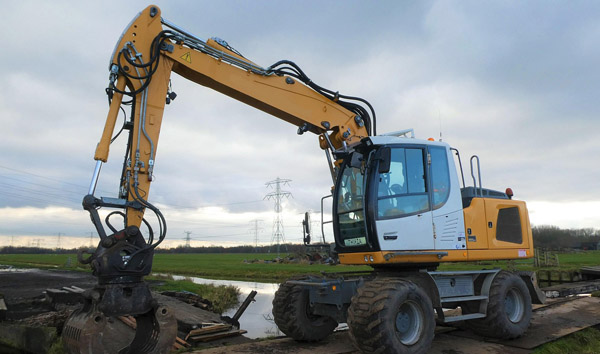The Engineering Limits of Maximum Forward Reach in Rough Terrain Forklifts
2025-07-18 03:15:32
The maximum forward reach of a Rough Terrain Forklift is a pivotal metric for operators working in construction, agriculture, and logistics. Industry data from leading manufacturers like Caterpillar and JCB indicates that modern models achieve reaches between 18 to 24 feet, depending on load capacity and mast design. Advanced hydraulic systems enable precise extension, but stability remains a limiting factor due to uneven ground conditions.
Load distribution plays a crucial role in determining safe forward reach. According to OSHA guidelines, exceeding recommended limits can lead to tip-over accidents, especially on slopes exceeding 10 degrees. A 2023 study by the Industrial Truck Association revealed that 72% of rough terrain forklift incidents occurred during extended reach operations. Engineers mitigate risks by integrating load moment indicators (LMIs) and dynamic stability control systems.
Material composition also impacts reach efficiency. High-strength steel booms reduce deflection, allowing for longer extensions without compromising structural integrity. For example, John Deere’s 344L model utilizes reinforced alloys to sustain a 22-foot reach while lifting 6,000 lbs. However, environmental factors like mud or loose gravel can reduce effective reach by up to 15%, as noted in a 2022 Caterpillar field test.
Technological advancements are pushing the boundaries of maximum forward reach. Telematics and AI-assisted load sensing now enable real-time adjustments, improving safety margins. Komatsu’s latest rough terrain forklift prototype demonstrated a 26-foot reach with autonomous counterbalance correction, though commercialization remains 2-3 years away. These innovations align with growing demand for efficiency in large-scale infrastructure projects.
In conclusion, the maximum forward reach of rough terrain forklifts is a balance of engineering precision, operational safety, and environmental adaptability. Industry standards continue to evolve, with a focus on smarter, more resilient systems. For optimal performance, operators must prioritize manufacturer guidelines and regular maintenance to sustain reach capabilities under dynamic working conditions.













